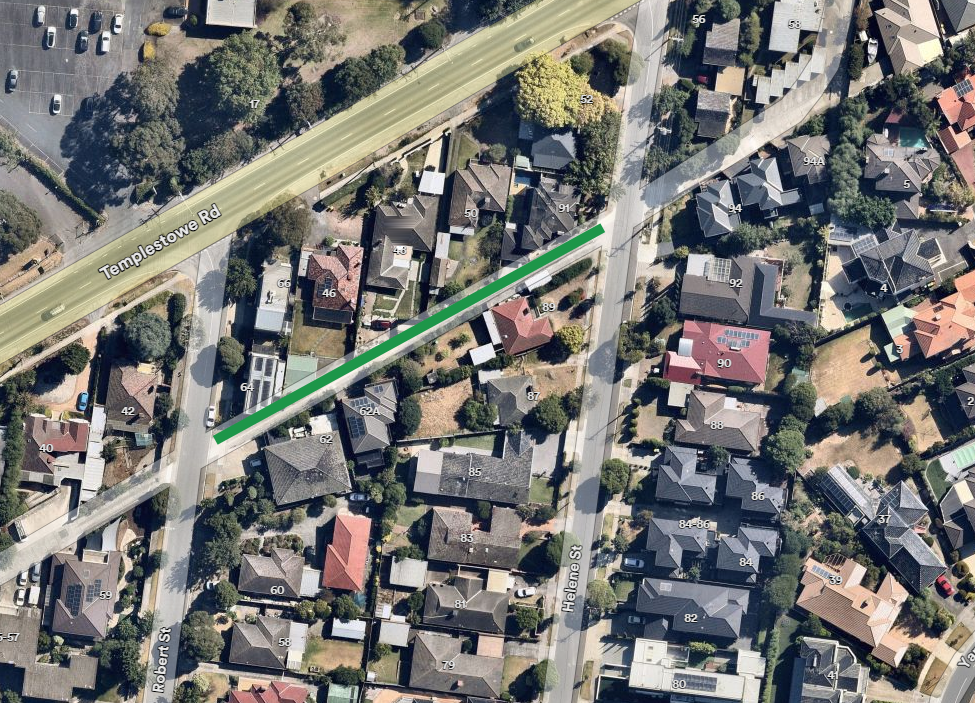Retail sales in June have increased a modest 2.3% year-on-year – with food, cafes, restaurants, and takeaway spending growth again bolstering results.
According to figures released today by the Australian Bureau of Statistics (ABS), shoppers spent more than $35.1 billion across the country in June.
The most significant year-on-year sales increases were food spending (up 5.8%) and cafes, restaurants, and takeaway (up 8.6%).
However, all other categories recorded negative sales growth compared to June 2022, with household goods again recording the biggest decline (down 4.4%), followed by department stores (down 2.1%), clothing, footwear and accessories (down 1.5%) and other retailing (down 1.1%).
All states and territories recorded growth year-on-year, led by ACT (up 6.2%) followed by South Australia (up 5.4%), Western Australia (up 5.4%), Northern Territory (up 4.5%), Victoria (up 2.4%), Tasmania (up 1.7%), New South Wales (up 1.5%) and Queensland (up 0.1%).
Australian Retailers Association (ARA) CEO Paul Zahra said sales growth for essentials like food masked an overall decline in retail spending.
“An increase of 2.3% year-on-year is a concerning result for the industry, considering the impact of price increases and with most categories now in sales declines,” Mr Zahra said.
“Food makes up more than a third of retail spending and its performance is being inflated by unavoidable price increases. Despite overall sales growth, the reality is that we’re very much in the grip of a discretionary spending slowdown.
“It has become a precarious environment for retailers, who are simultaneously feeling the pinch of this spending slowdown whilst also at the mercy of rising operating costs across the board.
“Shoppers have become far more spending-conscious due to the rising cost of living, and we’re seeing that reflected in these results.
“In last month’s retail trade data, clothing and apparel, department stores and other retailing were recording modest growth – we’re now seeing the lag effect on cost-of-living pressures come to fruition.”
CATEGORY | JUNE 2022 | JUNE 2023 | CHANGE |
| Food | $13.247 billion | $14.023 billion | +5.8% |
| Household goods | $6.026 billion | $5.759 billion | -4.4% |
| Clothing, footwear, accessories | $2.946 billion | $2.901 billion | -1.5% |
| Department stores | $1.843 billion | $1.803 billion | -2.1% |
| Cafes, restaurants, takeaway | $4.911 billion | $5.337 billion | +8.6% |
| Other | $5.427 billion | $5.365 billion | -1.1% |
| Total | $34.402 billion | $35.190 billion | +2.3% |
| STATE | JUNE 2022 | JUNE 2023 | CHANGE |
| New South Wales | $10.835 billion | $11.006 billion | +1.5% |
| Victoria | $8.821 billion | $9.037 billion | +2.4% |
| Queensland | $7.169 billion | $7.181 billion | +0.1% |
| South Australia | $2.169 billion | $2.287 billion | +5.4% |
| Western Australia | $3.783 billion | $3.989 billion | +5.4% |
| Tasmania | $688 million | $700 million | +1.7% |
| Northern Territory | $308 million | $322 million | +4.5% |
| ACT | $626 million | $665 million | +6.2% |
| Total | $34.402 billion | $35.190 billion | +2.3% |







